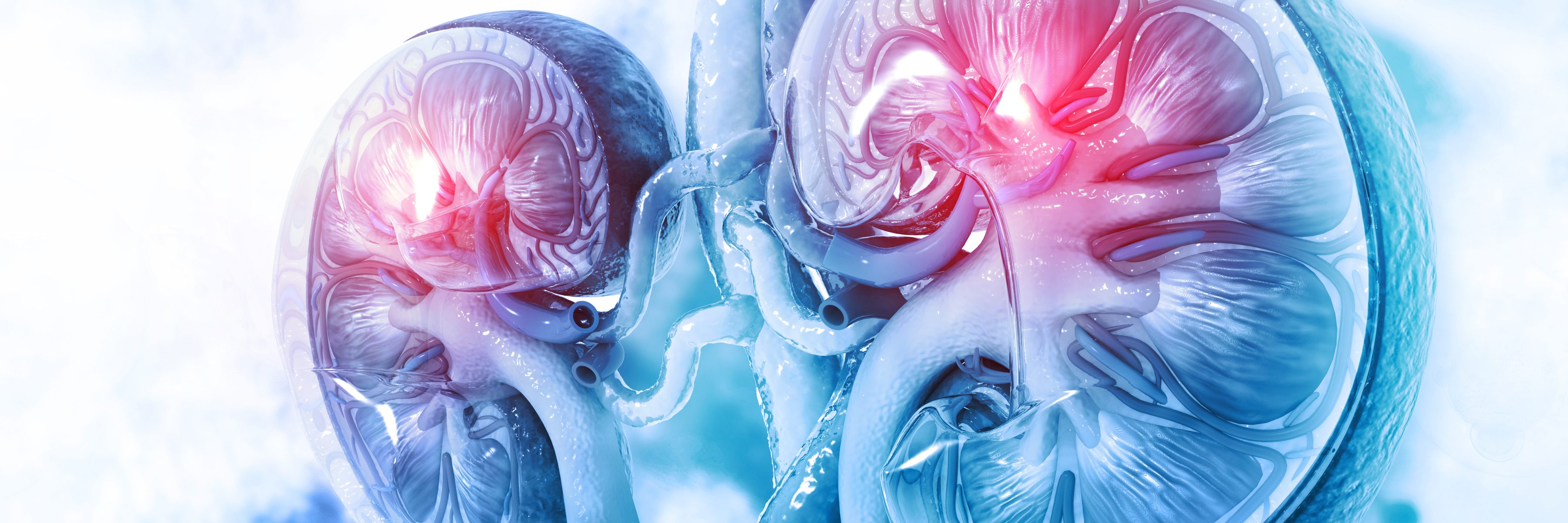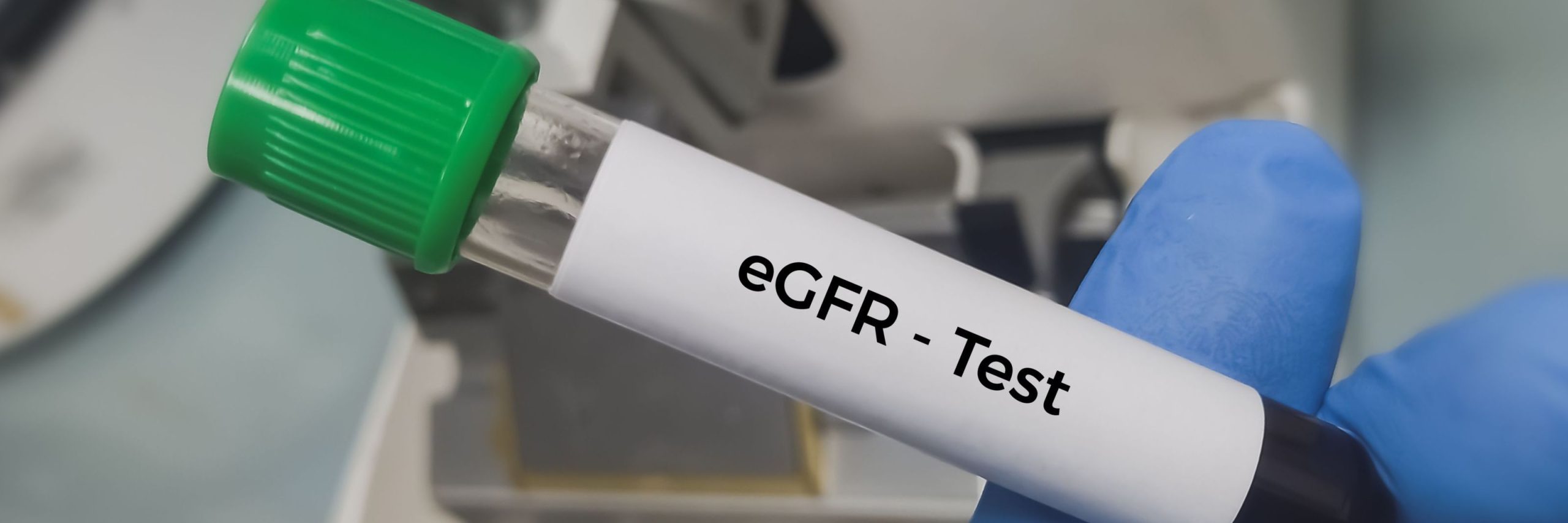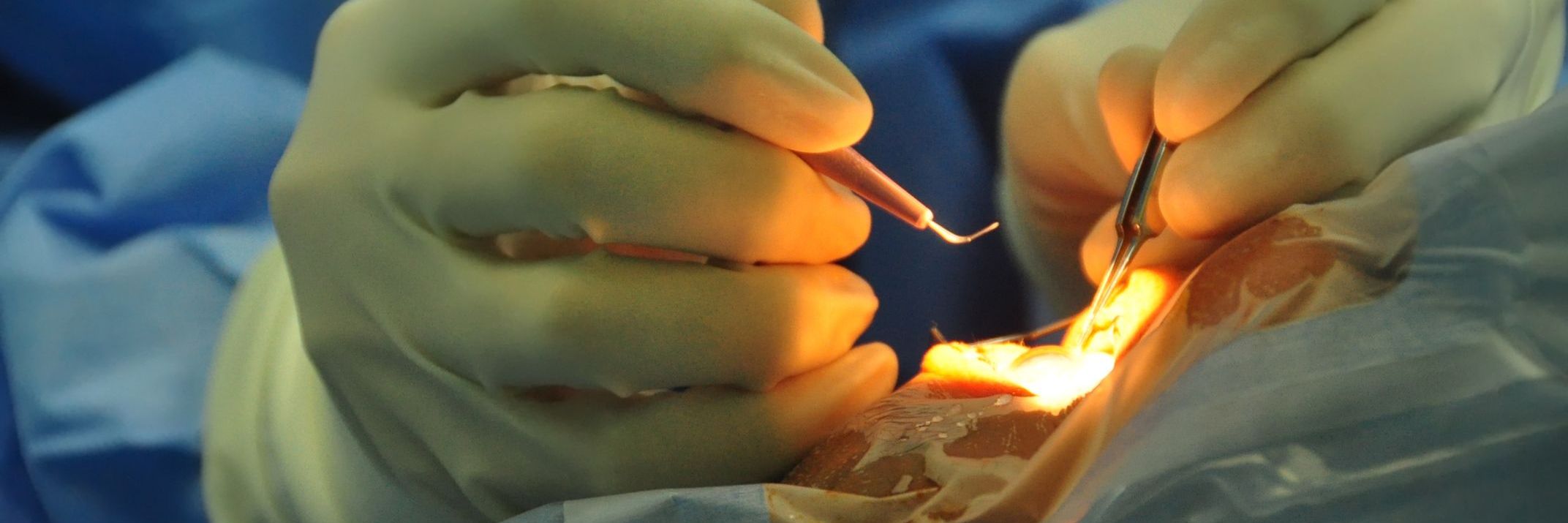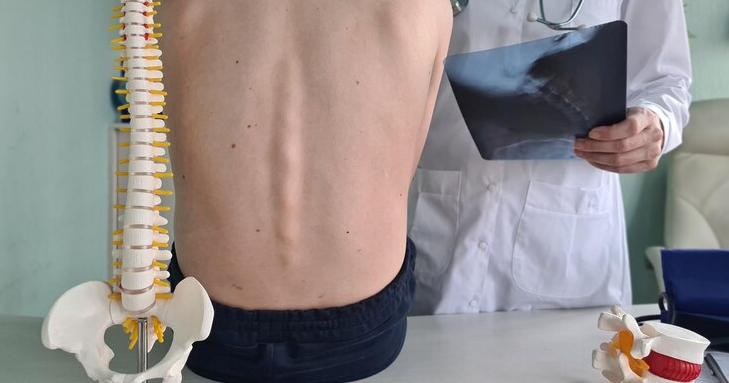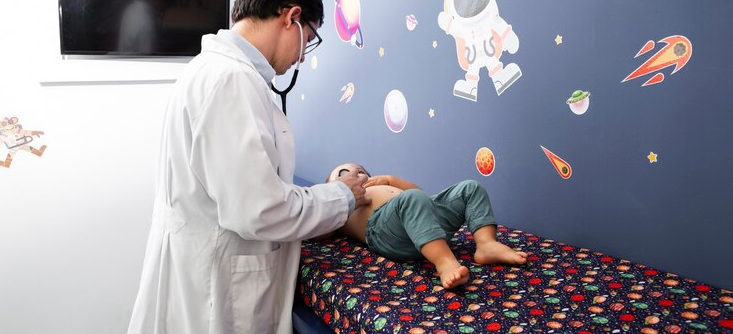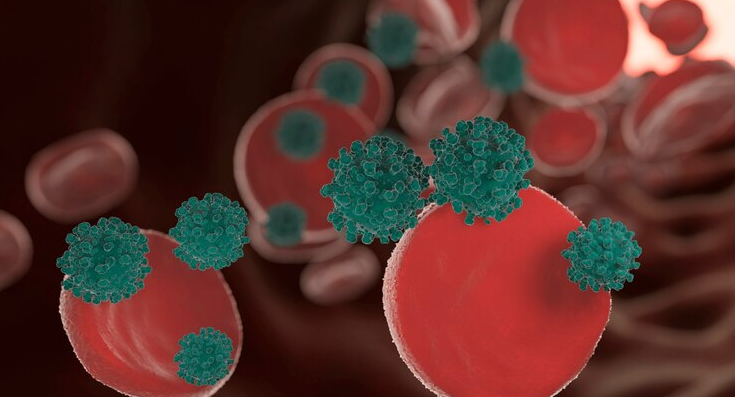The following is a summary of “Predictive Factors for Acute Kidney Injury and Long-Term Renal Function Loss After Partial Nephrectomy: A Prospective Single-Center Study,” published in the FEBRUARY 2023 issue of Urology by Zhang, et al.
For a study, researchers sought to identify factors associated with postoperative acute kidney injury (AKI) and long-term significant renal function (RF) loss after partial nephrectomy (PN).
A total of 416 patients were included in the study. The median age was 57 years (interquartile range [IQR] 49.8-65.0), body mass index was 24.2 kg/m2 (IQR 22.0-26.5), and preoperative estimated glomerular filtration rate was 90.5 mL/min (IQR 79.8-101). Of the patients, 259 (62.3%) were male, 54 (13%) had diabetes, 180 (43.3%) had hypertension, and 80 (19.2%) had hyperuricemia. The median tumor diameter was 3.1 cm (IQR 2.4-4.1). All patients underwent PN, with 135 (32.5%) by open PN, 109 (26.2%) by laparoscopic PN, and 172 (41.3%) by robot-assisted PN. RF was followed up for 16.88 months (IQR 10.15-36.37), during which 58 (13.9%) patients experienced significant RF loss (>25% decrease in estimated glomerular filtration rate).
Multivariable analysis showed that age (P = 0.0039), body mass index (P = 0.0049), diabetes (P = 0.0351), operative time >110 minutes (P = 0.0034), diameter classification by Diameter-Axial-Polar score (diameter 2.4 cm-4.4 cm, P = 0.0225; diameter >4.4 cm, P = 0.0207), and postoperative AKI (P <0.001) were predictors of significant RF loss, with an area under the curve of 0.850. Based on these factors, a clinical nomogram for long-term RF loss in Chinese patients was constructed.
The study identified predictive factors for short and long-term significant RF loss in all operative methods and developed a clinical nomogram for long-term Chinese patients’ RF loss.
Source: goldjournal.net/article/S0090-4295(22)00970-0/fulltext


